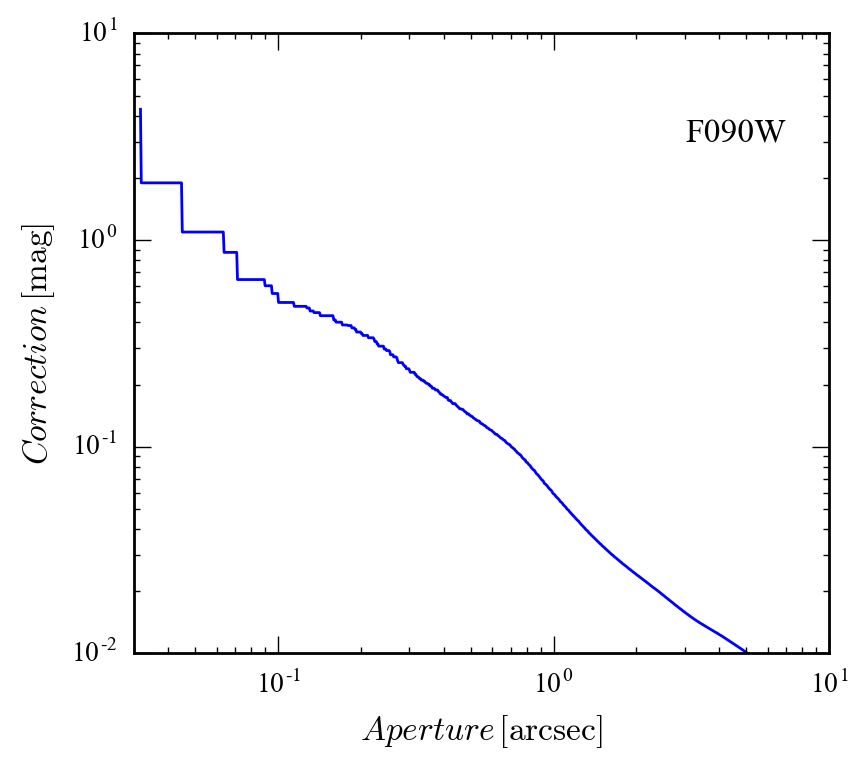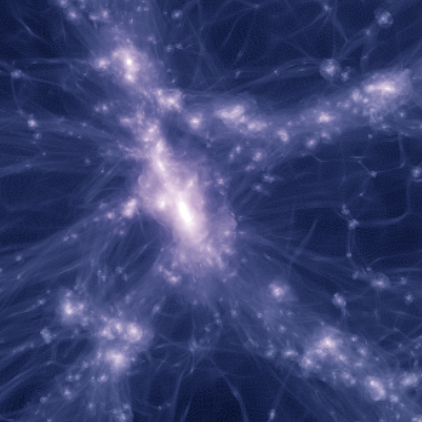Source – Image Registration
Sara has been conducting some tests to see how well SEP (pythonified Sextractor) recovers the input mock catalog properties. She has created a python notebook for this study at:
Source Recovery Jupyter Notebook
When overlaying the sources as a function of RA and dec on top of the image, there appears to be an unusual shift or distortion in the image.

However, the pixel location of the sources appears to be correct:
![]()
I reviewed what Sara did and noticed that she assumed RA and Dec are aligned with the pixel values:
x_test = (0,0,nx-1,nx-1)
y_test = (0,ny-1,0,ny-1)
ra_test, dec_test = world(fname_img, x_test, y_test)
print ra_test, dec_testWhich gives
[ 53.10148765 53.10187856 53.1288215 53.12920629] [-27.8135469 -27.7892198 -27.81388789 -27.78956071]This means the x and y pixels are not aligned with RA and Dec. Using world min and max determined from the pixel extent will lead to a distortion.
The corresponding notebook is here:
JWST Source Registration Test Jupyter Notebook
JWST PSF Aperture Corrections
We would also like to measure the JWST PSF aperture corrections for point sources. We suspect that some of the offset between the source magnitudes found by SEP and those in the original mock catalog originate solely from the SEP aperture photometry. This effect should be easy to measure.
Here are the JWST PSFs:
Using the F090W PSF, I computed the following aperture corrections:

The notebook I used to compute the aperture correction is here.
